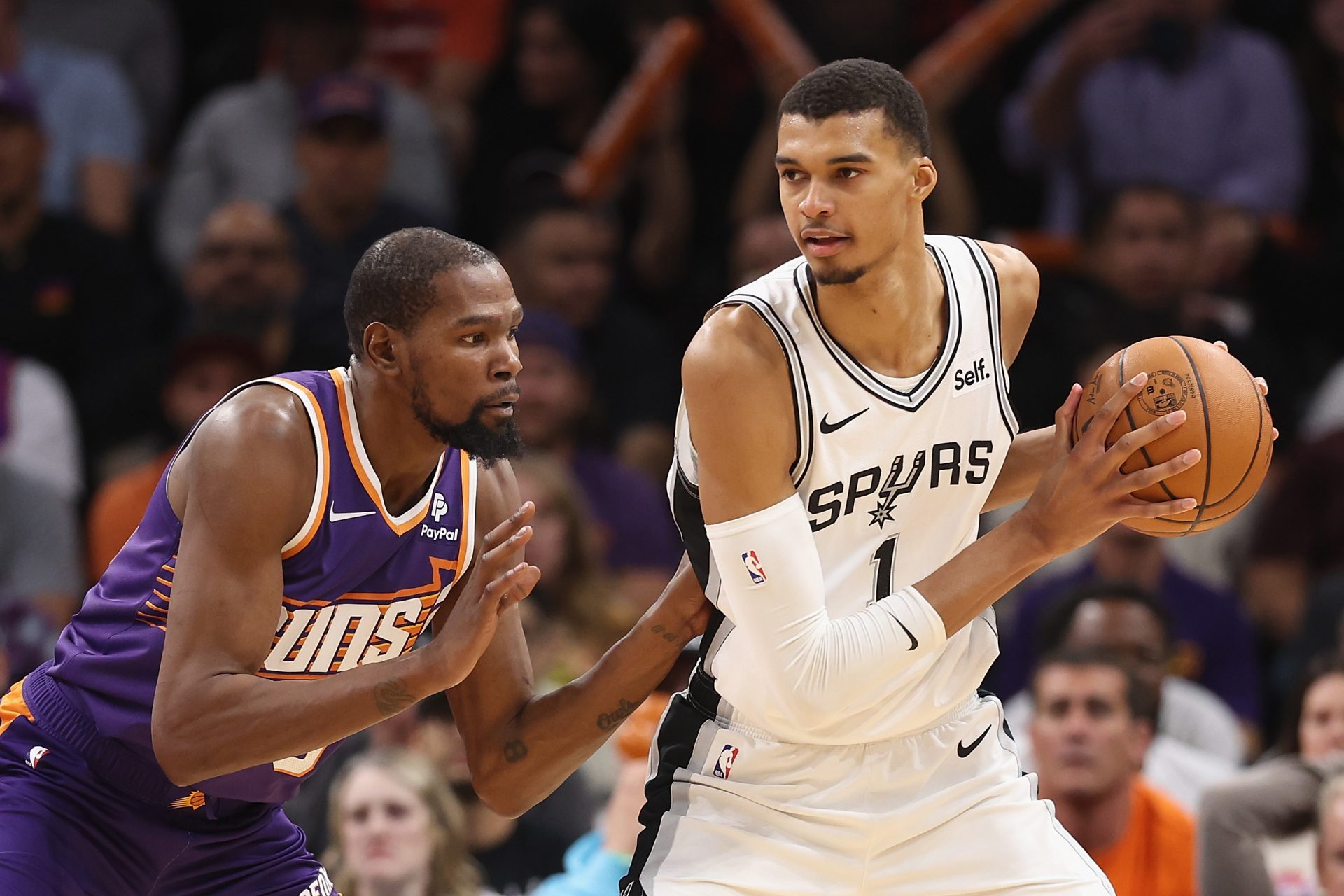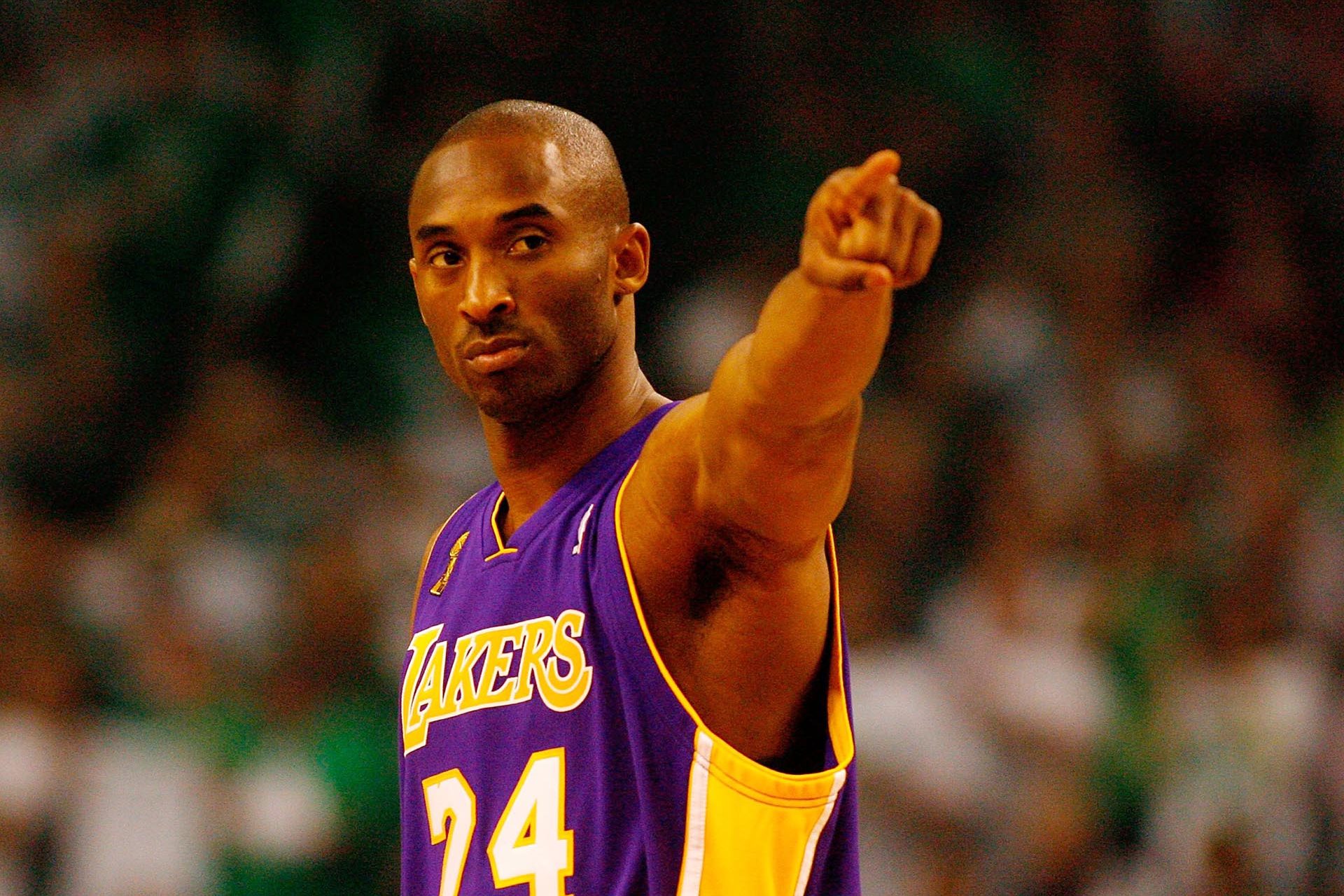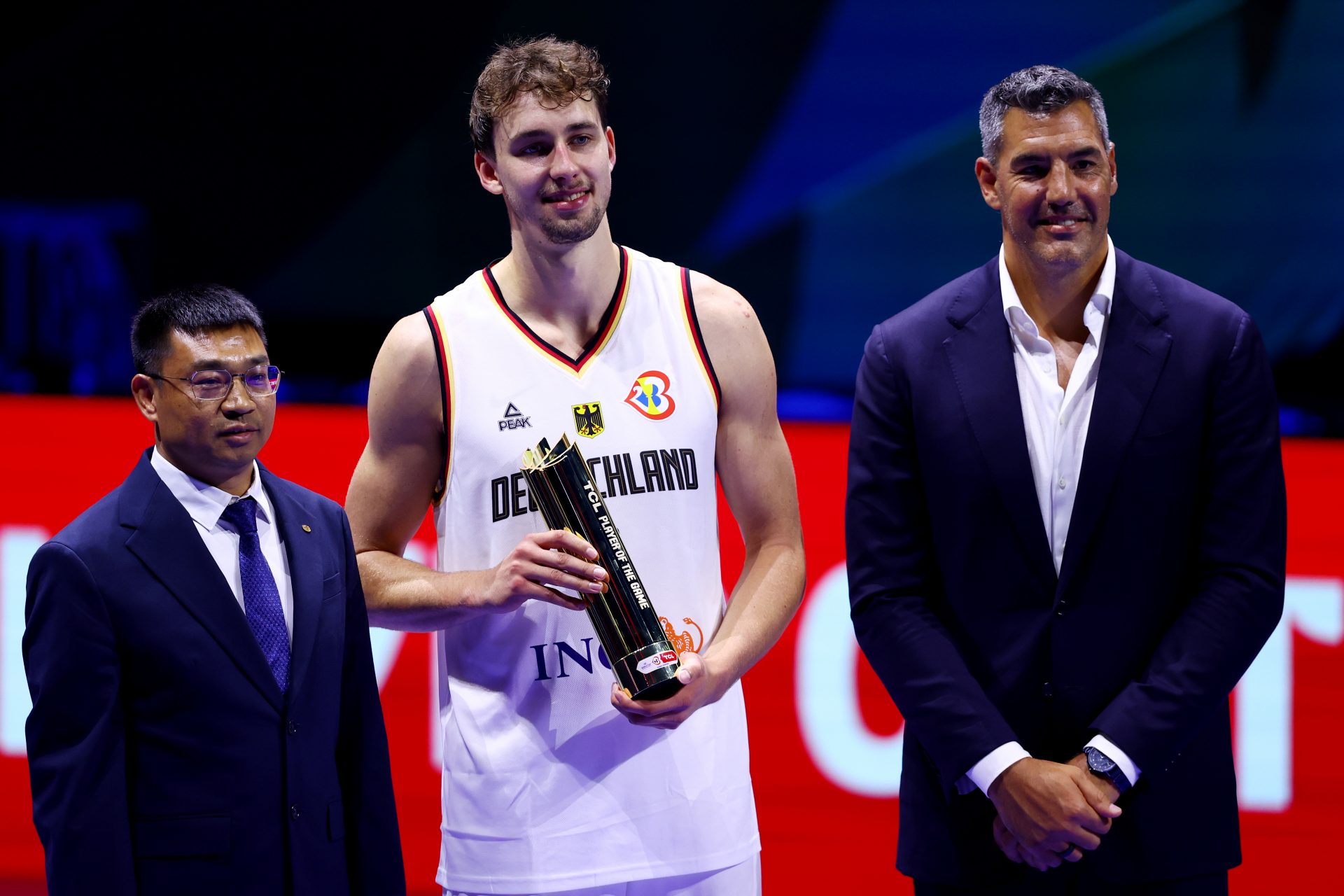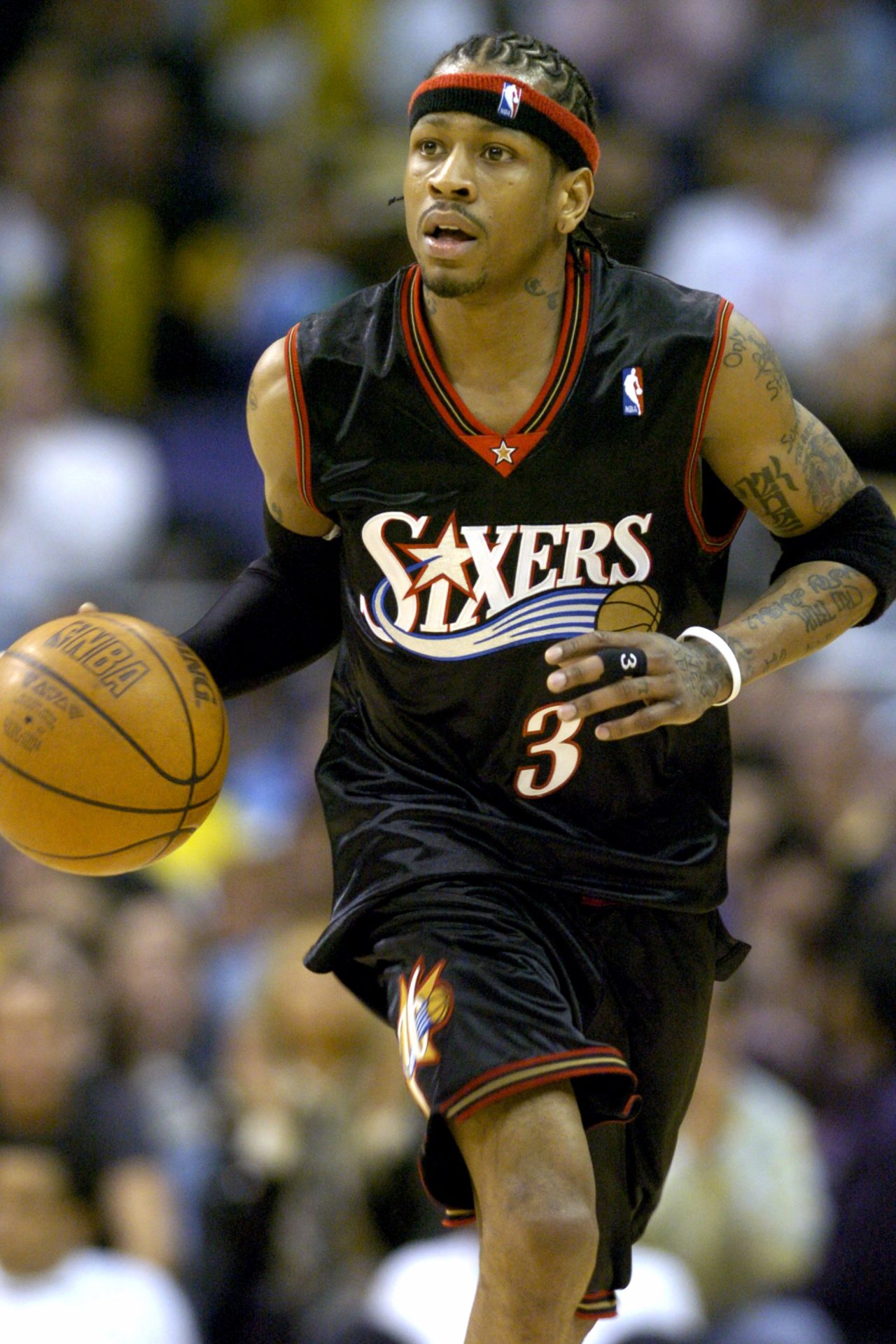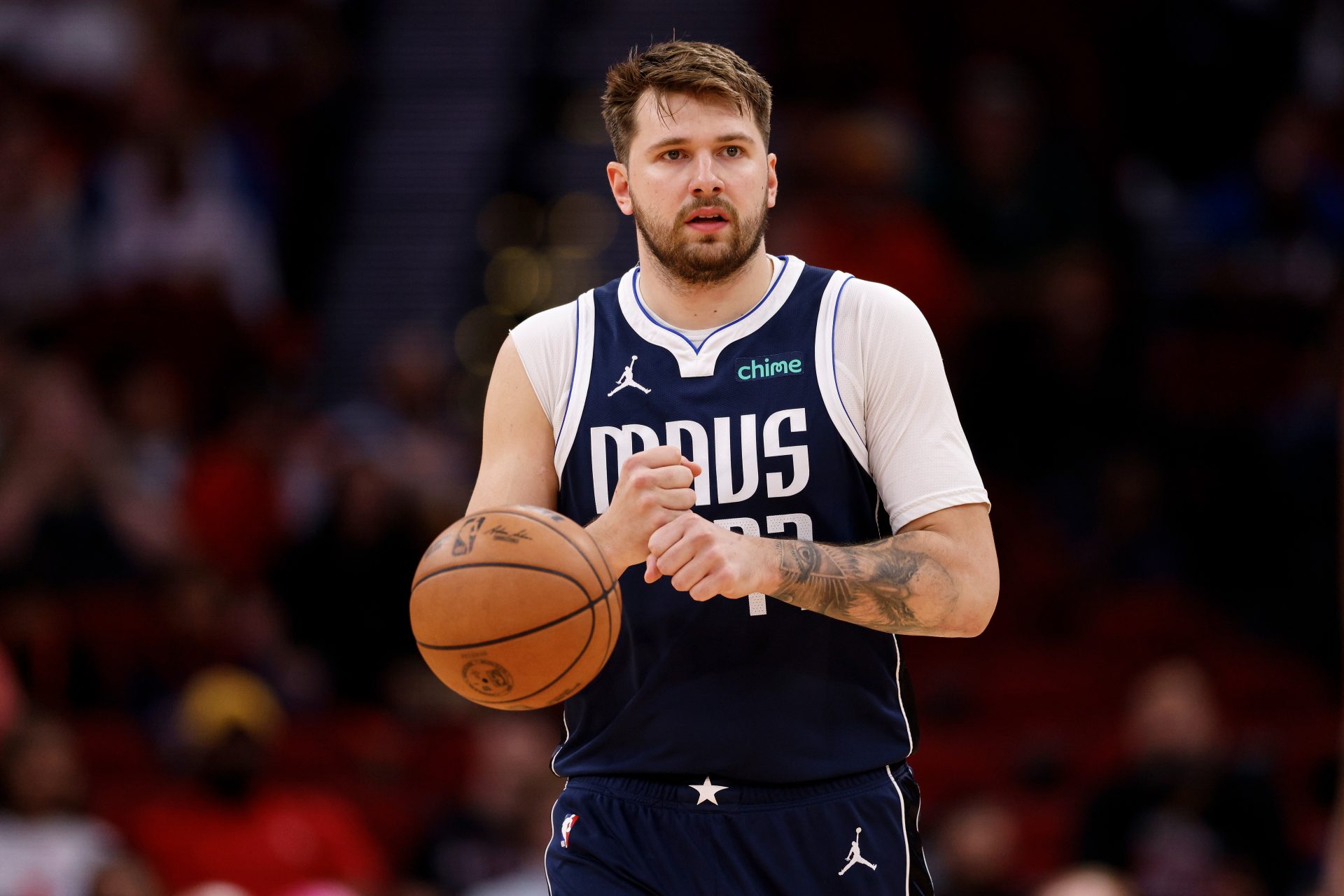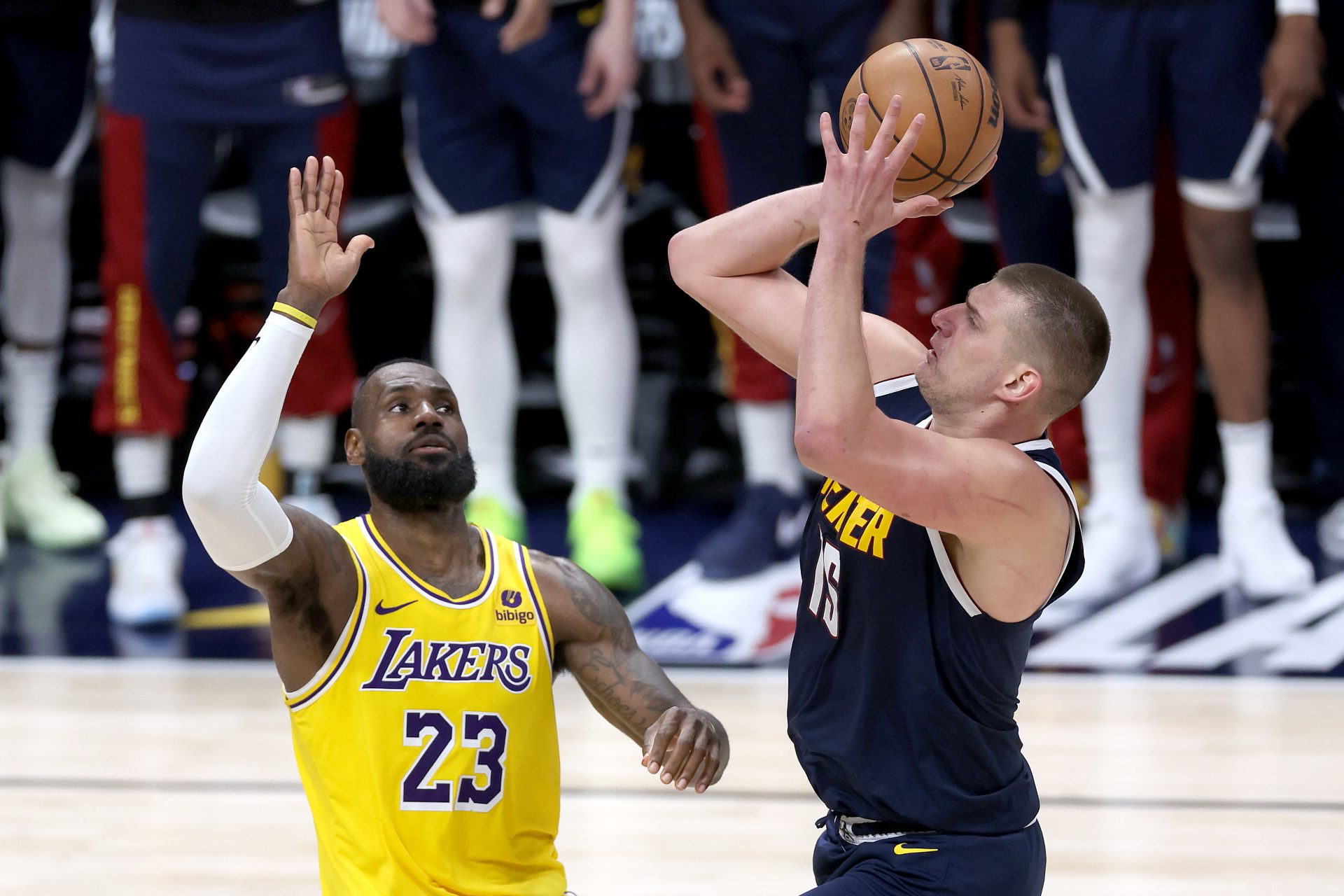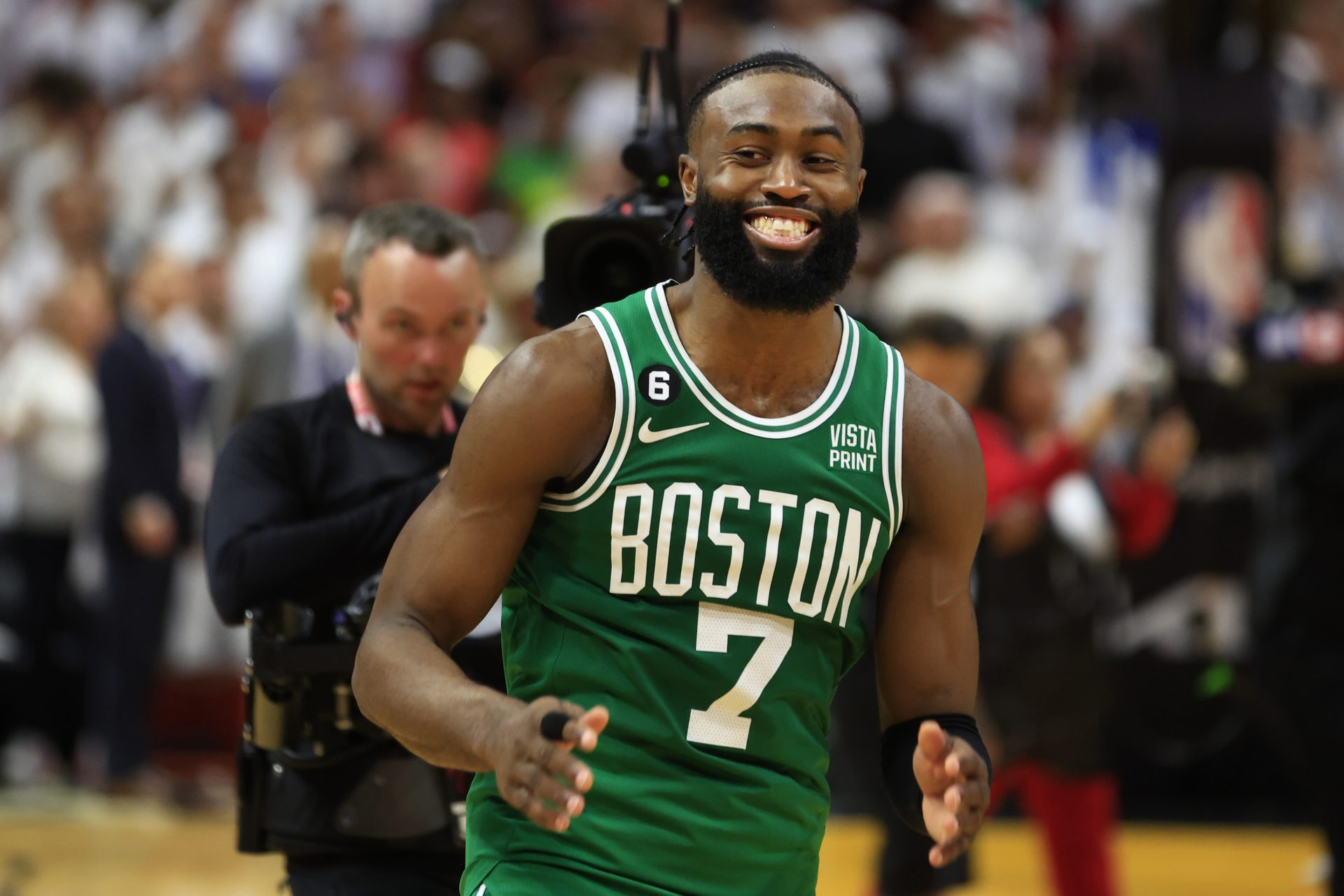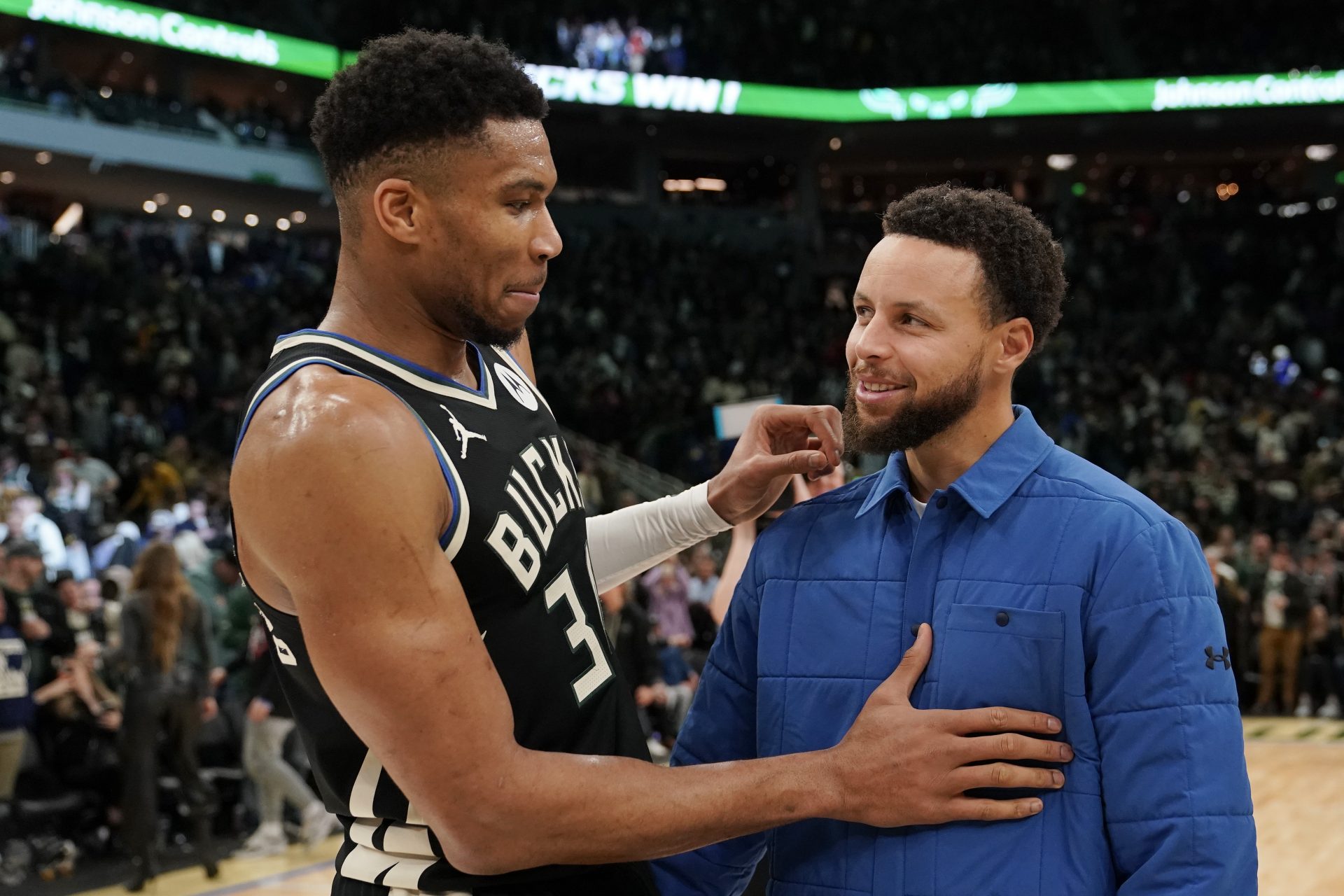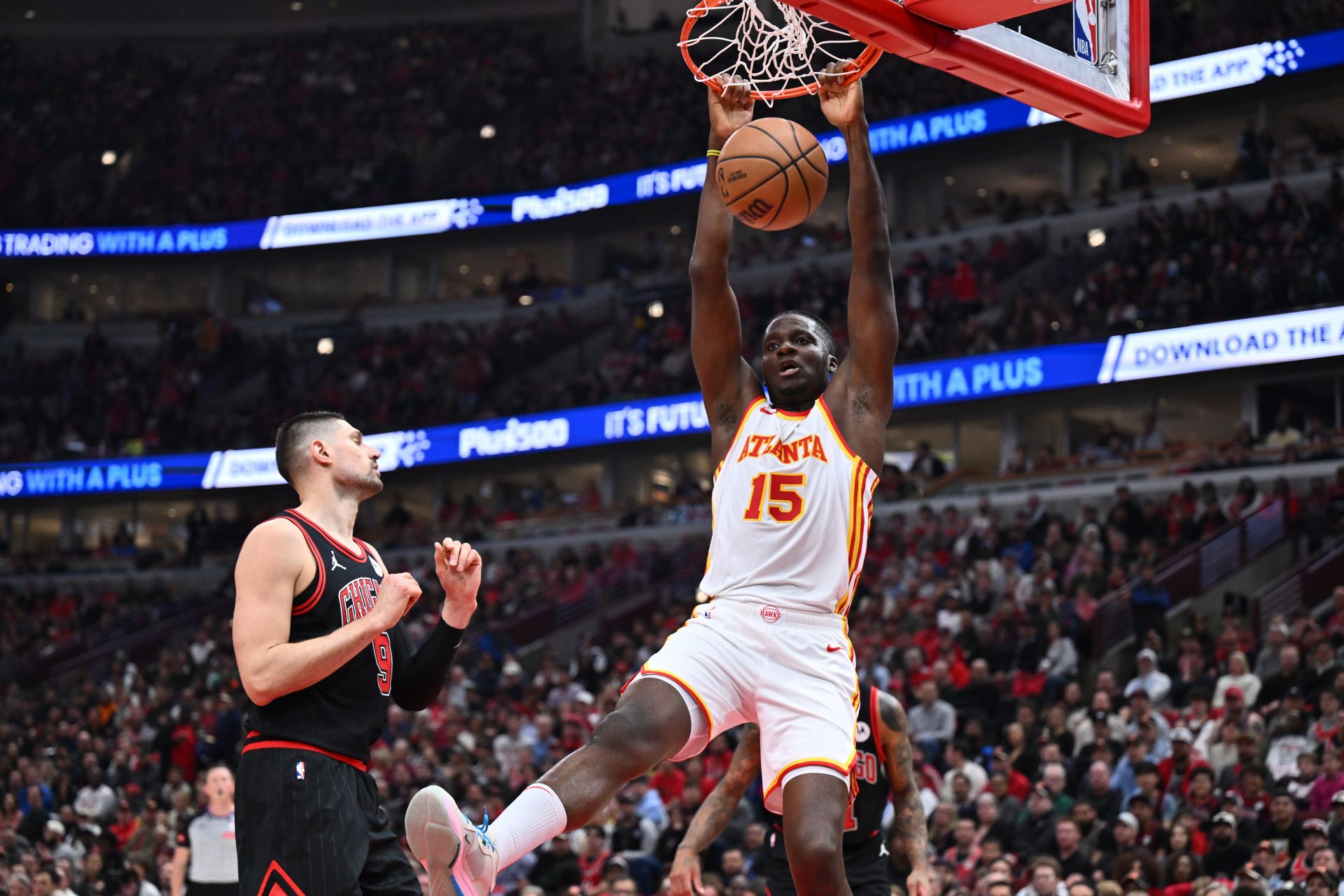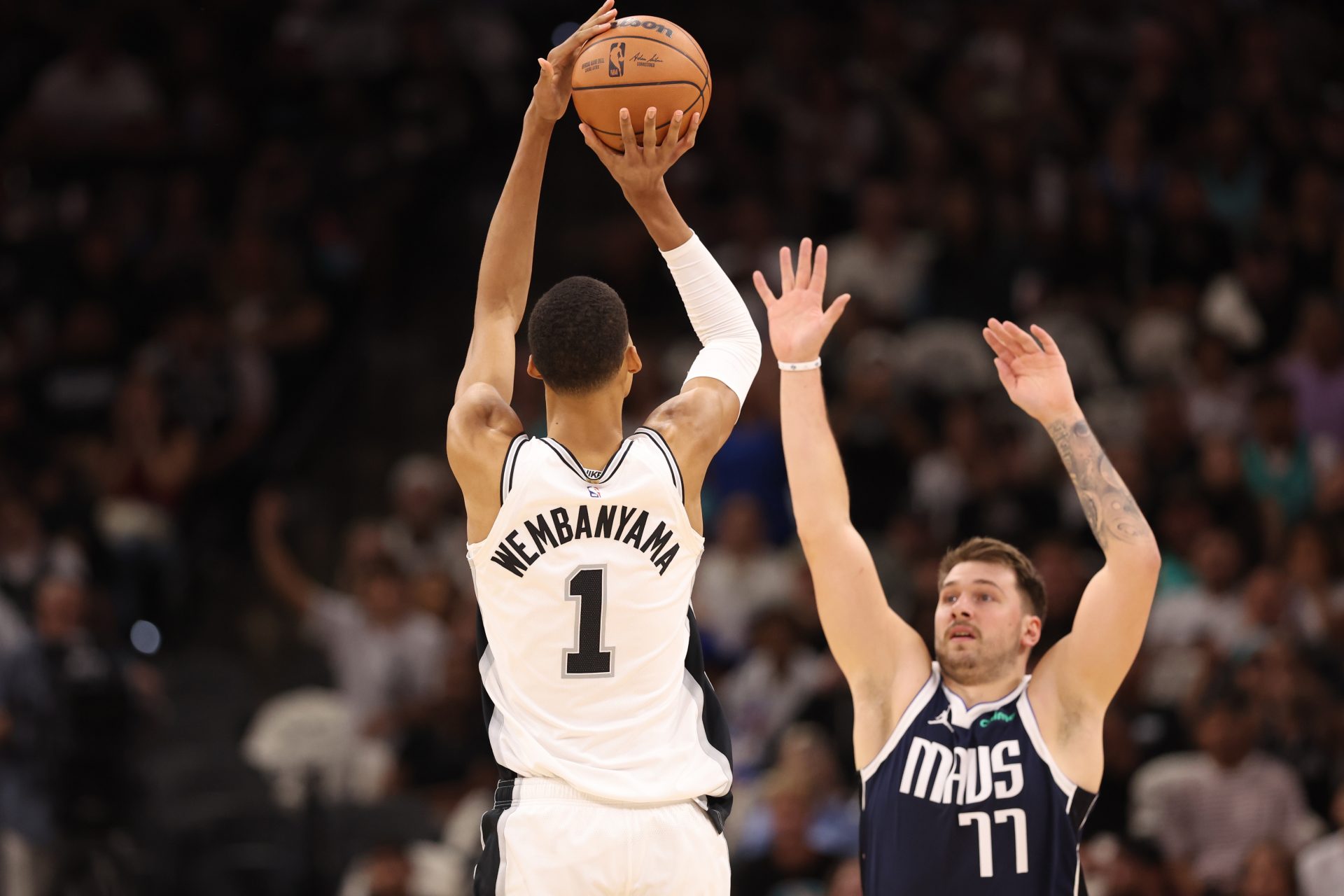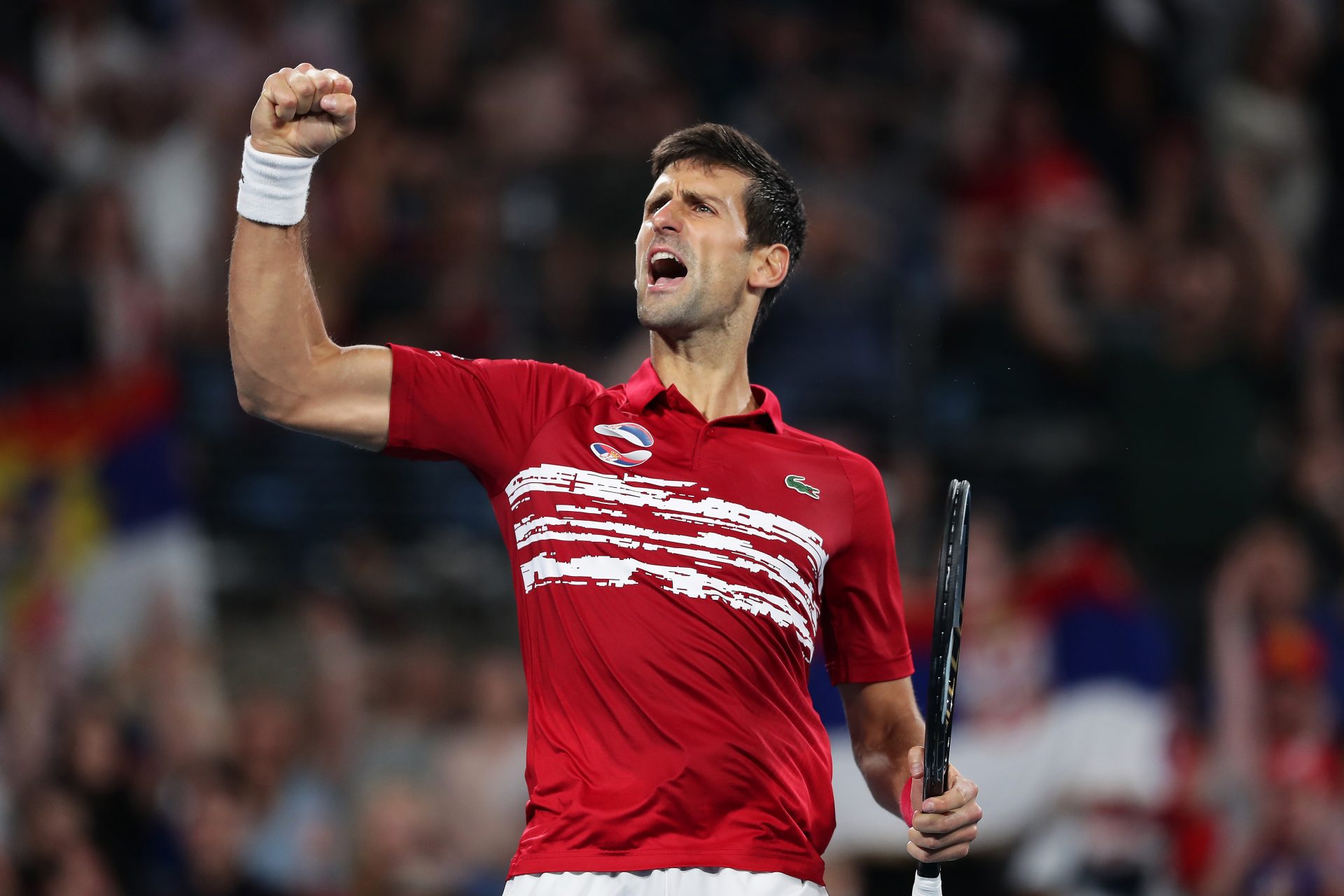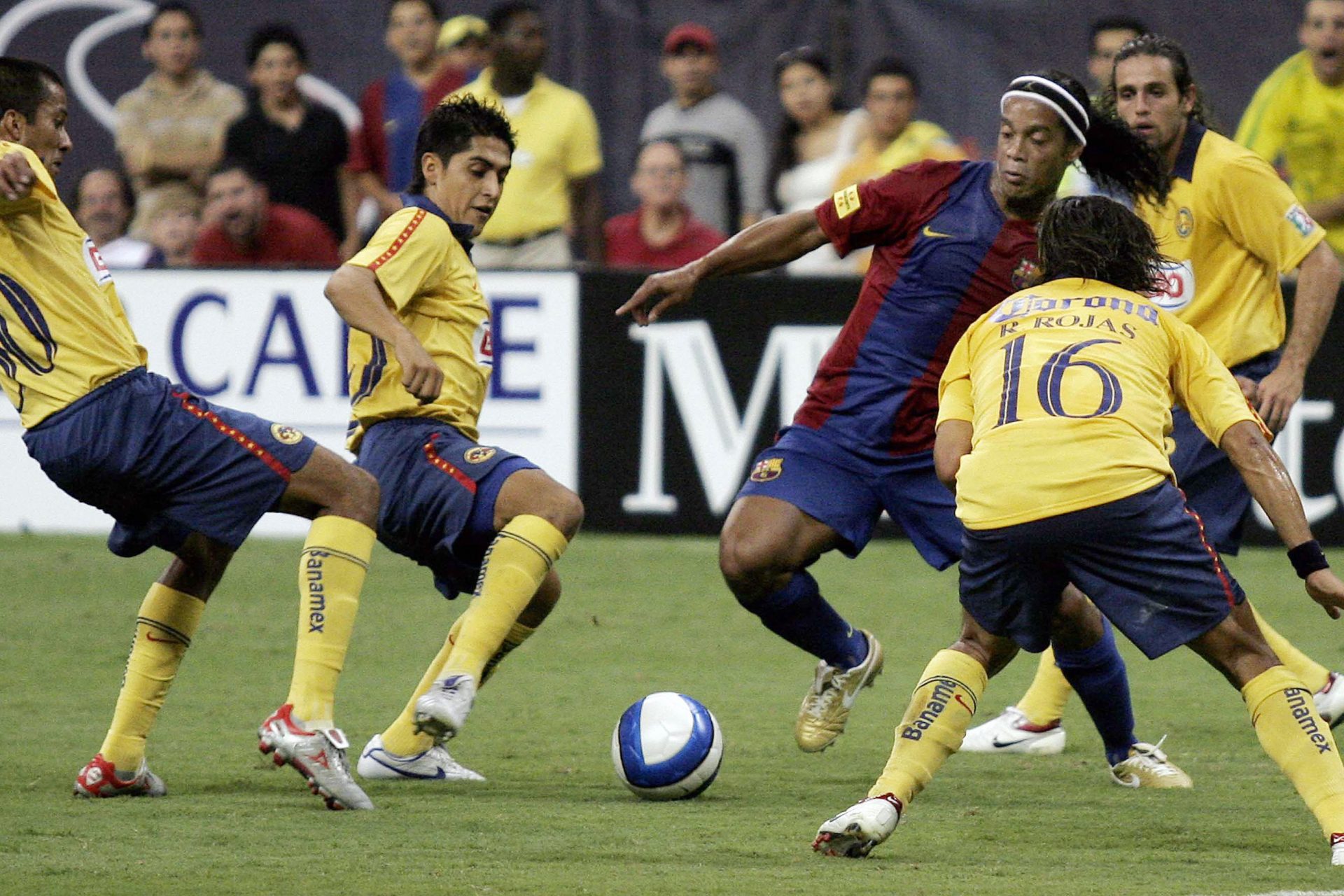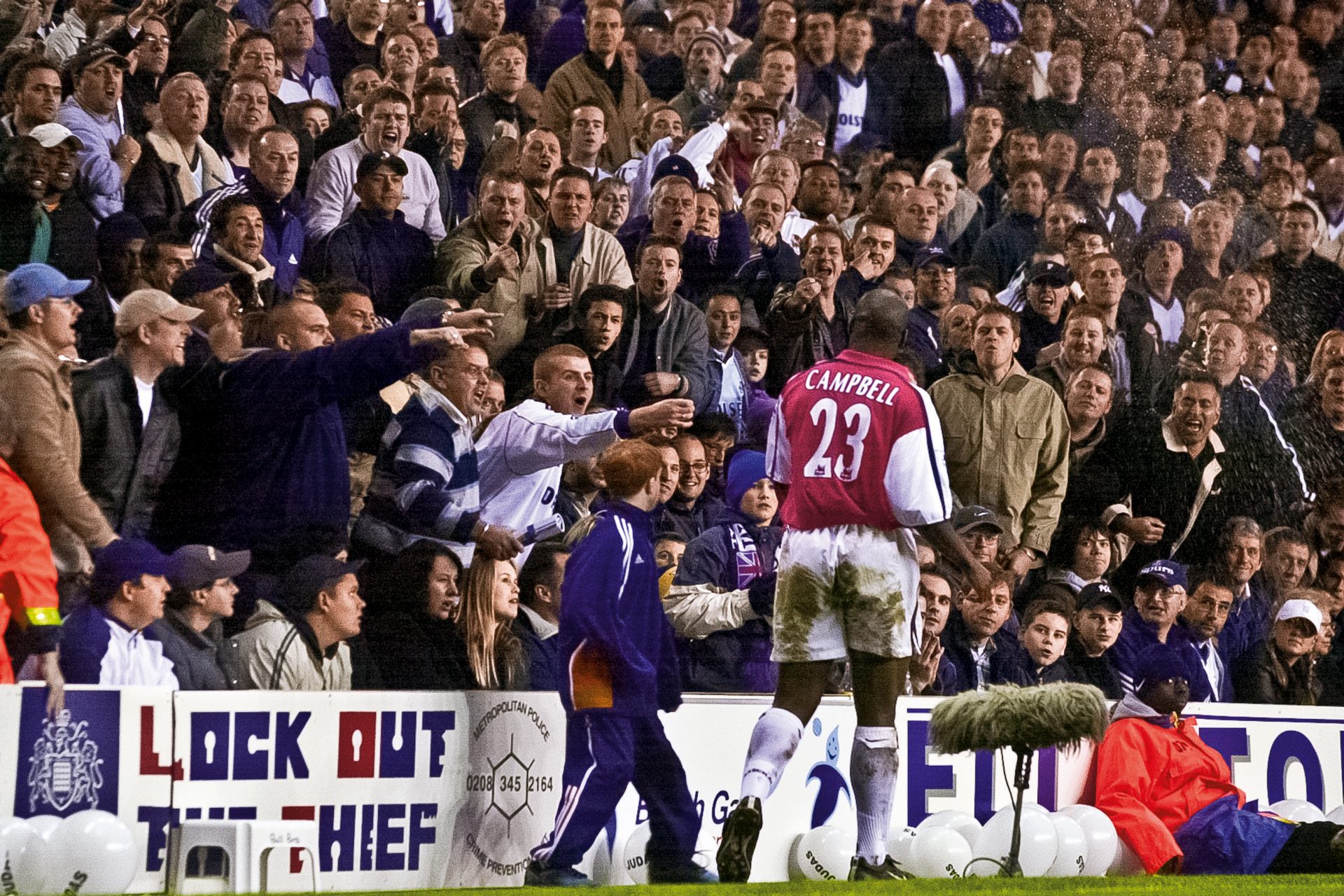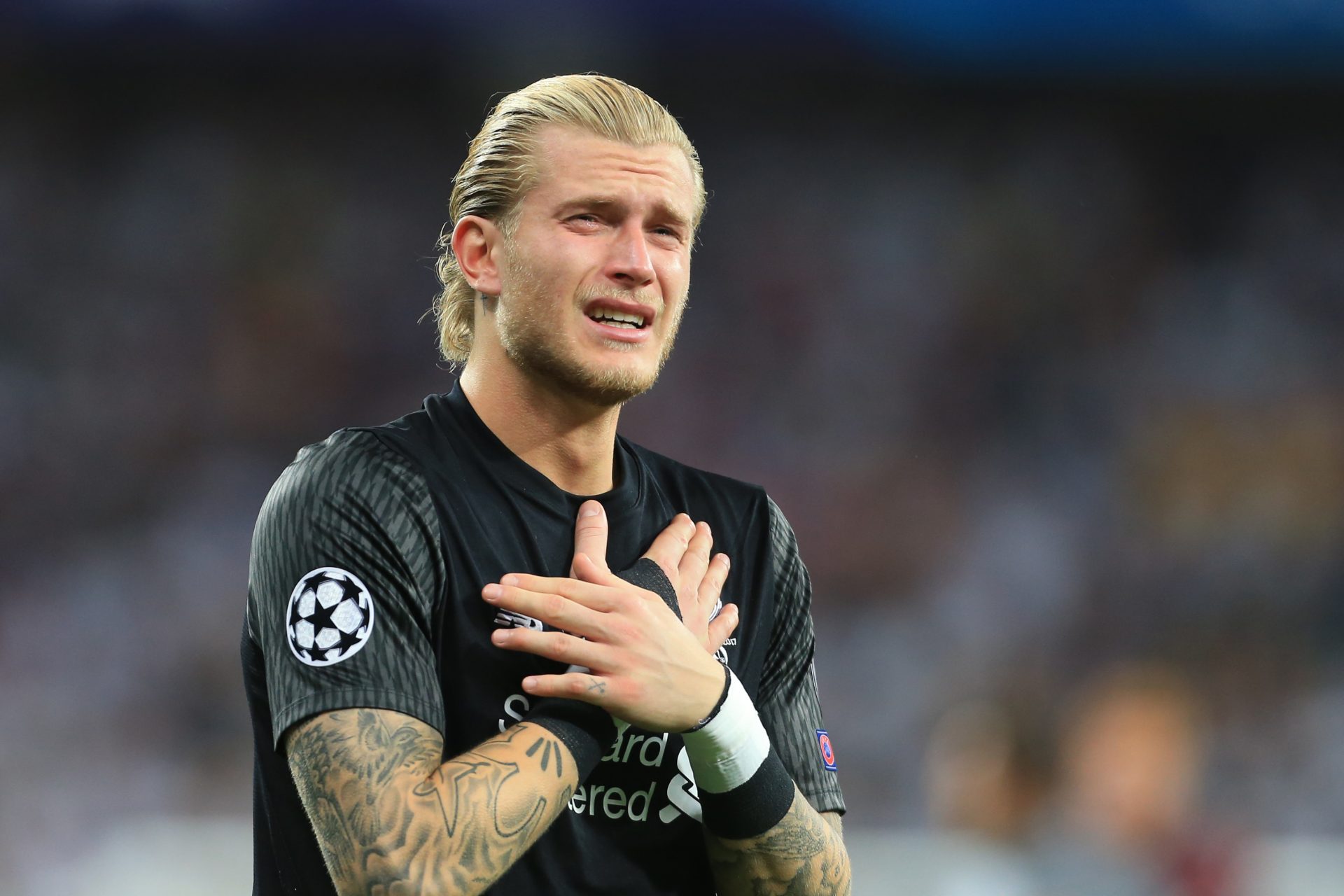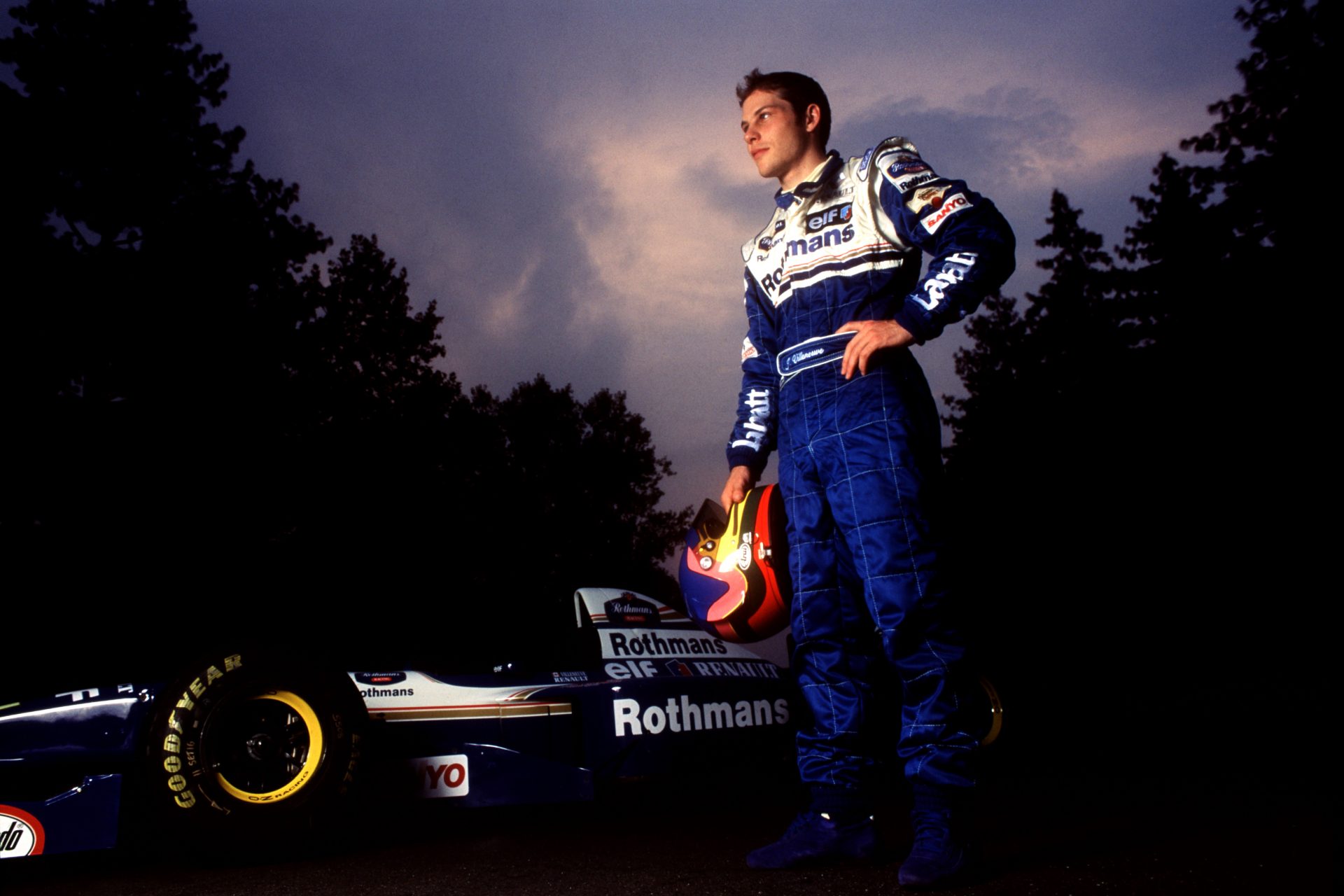Is Europe better at developing NBA players than the United States?
GQ wrote in May 2023 that the NBA officially belongs to NBA players, and it feels like is not an exaggeration. The best players in the league, from Nikola Jokic, to Luka Doncic, to Giannis Antetokounmpo, all fine-tuned their skills in Europe before coming to the NBA. We’ll dive into whether Europe has overtaken the United States as the developer of premier basketball talent.
The late Los Angeles Lakers great Kobe Bryant spotted the difference in ability between young European players and young American players back in 2015. He told ESPN, “I just think European players are way more skillful. They are just taught the game the right way at an early age.”
Kobe Bryant moved with his family to Italy when he was six years old, and he felt like that had a huge impact on his development as a basketball player. When asked by ESPN how his game would’ve been different had he not moved to Italy, Bryant said, “I probably wouldn’t be able to dribble with my left hand and shoot with my left hand and have good footwork.”
Want to see more like this? Follow us here for daily sports news, profiles and analysis!
Orlando Magic forward Franz Wagner hails from Germany, and spoke to Basket News about some of the training methods he was exposed to as a teenager. He said that there were certain drills back home where players were not allowed to dribble.
Wagner recalled a drill he participated in back in Germany. During practice, teams would get points for completing 10 passes in a row, regardless of whether the ball went through the basket or not. He told Basket News, “It was just, can you move, pass, cut better than the other team can defend you?”
At the highest levels and the grassroots levels of the sport in America, isolation basketball can be identified. Quite simply, it’s when one player has the ball, and attempts to get a shot up over, around or past their defender. USA Today wrote a piece in 2016 about how the Cleveland Cavaliers had to find a balance between ball movement and “iso-ball” in the NBA Finals.
The Ringer commented that isolation basketball became a staple of NBA play in the 1990s, when volume scorers dribble several times looking to score over the defense. This style of play can be effective when the ballhandler is significantly better than the person guarding them, but it doesn’t promote team chemistry.
Kobe Bryant believed that the AAU, or Amateur Athletic Union body in the United States, has a lot to do with the degradation of American basketball development. He told ESPN in 2015, “Horrible, terrible AAU basketball. It’s stupid. It doesn’t teach our kids how to play the game at all so you wind up having players… do all this fancy stuff and they don’t know how to post.”
It’s possible for American teenagers to play on several different teams growing up; one with their school, one for AAU, and possibly others with different leagues. In Europe, emerging basketball players play for one club, year-round, according to Pro Skills Basketball’s website.
Want to see more like this? Follow us here for daily sports news, profiles and analysis!
While an American prospect might receive several different types of feedback about what they should work on, a European prospect can build a more personal relationship with the same staff.
While European players are brought up with a different mindset and schedule, American players tend to be involved in many more practice games as teenagers. One advantage this gives an American player is the forum to try new moves against many different types of competition.
According to the NBA’s website, there were 64 European-born players on opening night rosters ahead of the 2023-2024 season. 125 players born outside of the United States were on opening night rosters, which accounts for about a quarter of the league’s players.
Belgium, Bosnia, Bulgaria, Croatia, Finland, France, Georgia, Germany, Greece, Italy, Latvia, Lithuania, Montenegro, Portugal, Serbia, Spain, Switzerland, Turkey, Ukraine and the United Kingdom were all represented during the 2023-2024 regular season.
It’s looking more and more likely that France will add two more players this upcoming season, as prospects Alexandre Sarr and Zaccharie Risacher are slated to be top picks in the 2024 NBA Draft. Of course, this is after Victor Wembanyama was taken first overall in the 2023 NBA Draft out of France by the San Antonio Spurs.
Bleacher Report credits former NBA commissioner David Stern for the global explosion in talent that we see today. He negotiated international television deals in the 1980s to broadcast NBA games outside of the United States. The American Dream Team of 1992 also helped elevate the popularity of the sport globally.
Will we one day see the NBA player population emerge as over half European, or half international? Perhaps that ratio isn’t large enough, as the momentum indicates that the percentage could be even higher. Let us know what you think the future holds by leaving a comment!
Want to see more like this? Follow us here for daily sports news, profiles and analysis!
More for you
Top Stories



